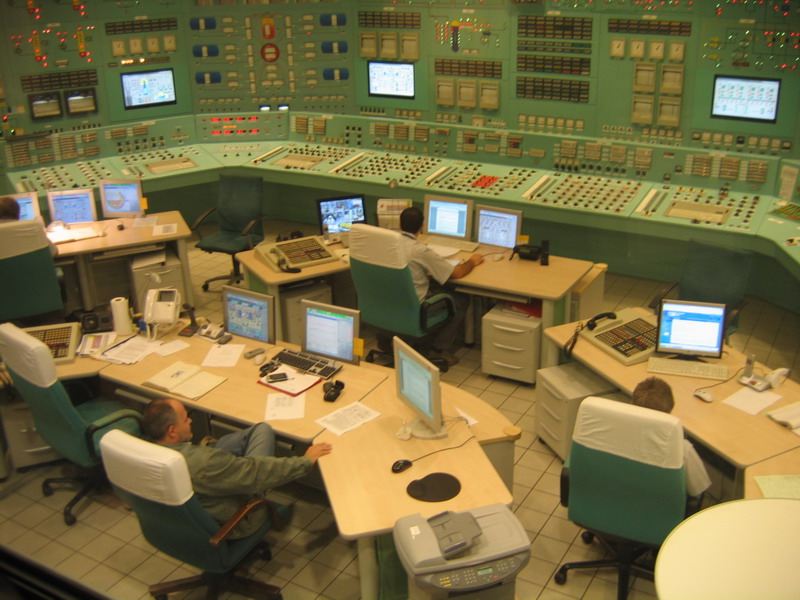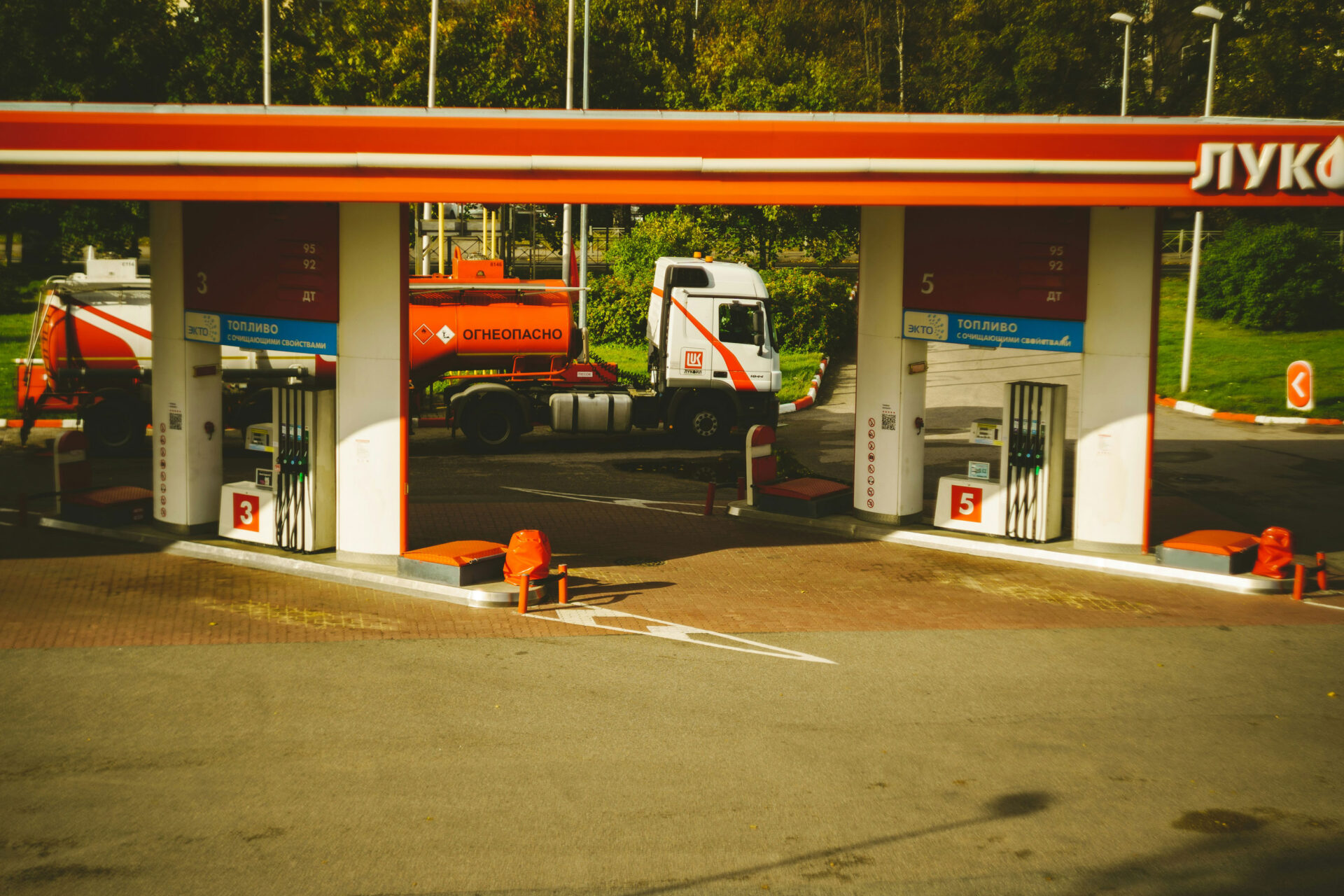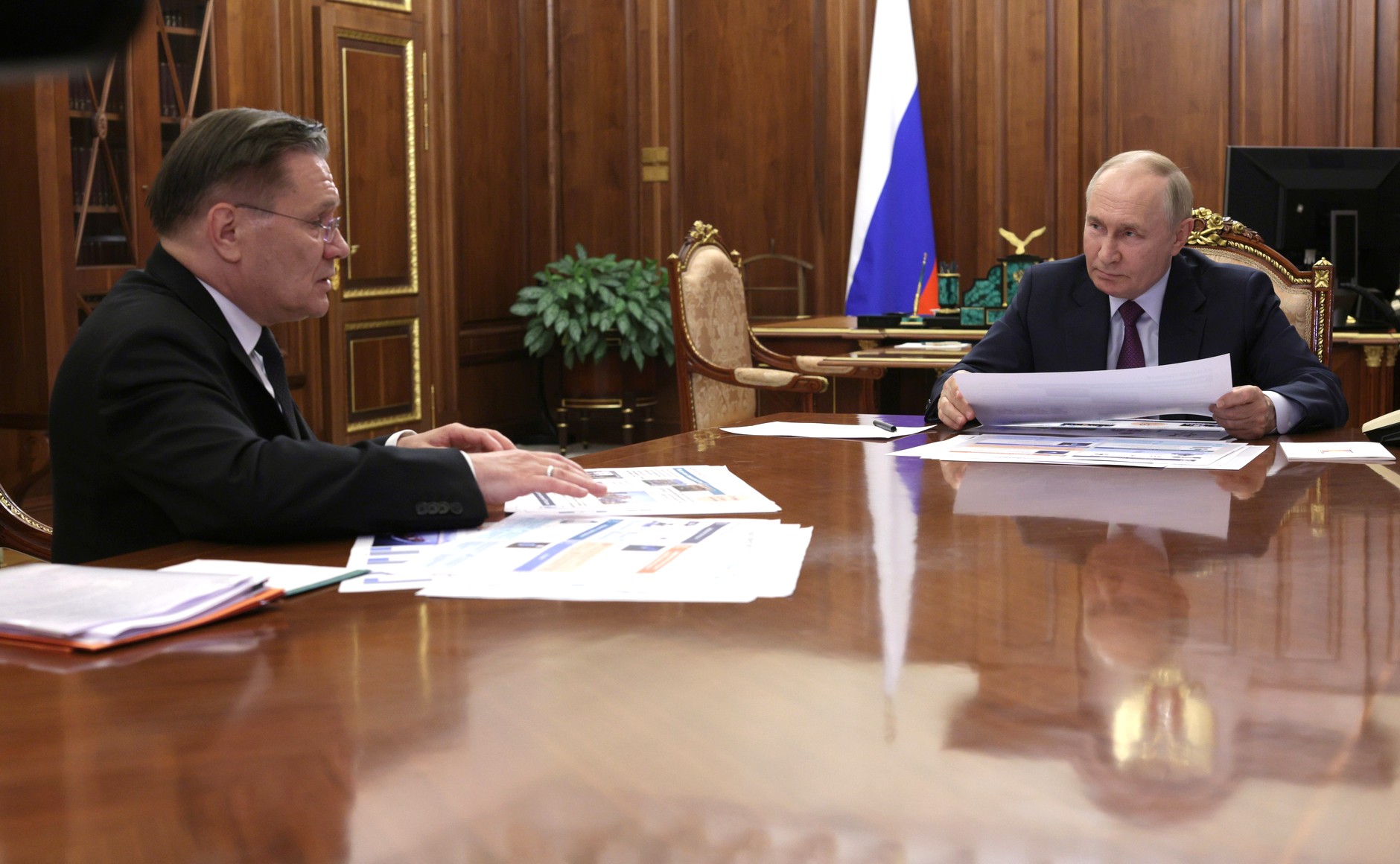
Rosatom Lands Nuclear Energy Project in Hungary by Western Default
Rosatom Lands Nuclear Energy Project in Hungary by Western Default
On February 6, Hungary’s parliament approved the Russian-Hungarian agreement for cooperation on nuclear energy. Under the agreement, Rosatom shall build two nuclear power blocs in Hungary, financed by Russian state credit. Hungary’s conservative government, led by the Fidesz party and enjoying a parliamentary supermajority (slightly over two thirds), quickly pushed through the agreement with Russia in parliament, against symbolic resistance from the left-liberal opposition. No Western company had been anywhere in sight to compete with Rosatom in this European Union member country (MTI, February 6, 7).
Russian President Vladimir Putin and Hungarian Prime Minister Viktor Orban had met in mid-January in Moscow and witnessed the signing of the nuclear energy agreement there (Kommersant, Magyar Nemzet, January 15).
Signed by Rosatom chairman Sergei Kiriyenko with Hungarian National Development Minister Zsuzsanna Nemeth, the agreement was kept confidential until February 3, only three days before the parliamentary vote.
The agreement is controversial for maximizing Hungary’s dependence on Russian energy supplies (full dependence for nuclear fuel compounding full dependence for natural gas), and saddling Hungary with a heavy burden of long-term indebtedness to Russia (although the project’s final costs have yet to be clearly determined).
Under the agreement, Rosatom shall build two power blocs at the Paks nuclear power plant, situated some 100 kilometers downstream from Budapest on the Danube river. The Paks plant operates successfully with four, Soviet-era VVER-440 reactors, which were phased in during 1982–1987, underwent some upgrades since then, and are due to be phased out during 2032–2037. At present, Paks accounts for nearly 50 percent of Hungary’s total production of electricity. The nuclear plant also tops the ranks for cost-effectiveness among electricity producers in the country.
Economy Minister Mihaly Varga has briefed Hungarian media ubiquitously on the broad terms of the agreement with Russia, during the last remaining days before the parliamentary vote (Nepszabadsag, Portfolio.hu, Budapest Business Journal, MTI, MTV, February 3–7).
Rosatom shall design, build and install two VVER-1200 reactors to replace the old ones at Paks. The new reactors which planned to double the plant’s power generating capacity, from 2 to 4 gigawatts. Hungarian firms shall be contracted to execute 40 percent (in value terms) of the total work on the project. Construction work is planned to start in 2015. Hungarian officials tentatively expect the first of the two new power blocs to start operating by 2024 or 2025.
The Russian government shall finance 80 percent of the project’s costs by opening a credit line of €10 billion (almost $14 billion), to be disbursed in annual installments to the Hungarian government. Repayable within 30 years (including a grace period of 9 years), the debt carries interest rates ranging from 3.9 percent to 4.5 percent to 4.9 percent during three consecutive phases of the 21-year repayment period (after the grace period). The actual repayment period is envisaged to run from 2025 (anticipated start of the first reactor’s operation) until 2046. The loan agreement, not yet completely finalized, is due to be signed shortly and submitted to the Hungarian parliament for approval.
The Hungarian government shall finance the remaining 20 percent of the project’s costs, with the option to actually disburse those funds during a later phase of the investment.
The Hungarian state fully owns and operates Paks through the state electricity company, MVM (which is also the Hungarian shareholder in Gazprom’s South Stream pipeline project). The Hungarian government has insisted that the Russian credit be an inter-state, rather than an inter-company credit. Thus, Rosatom would not become a shareholder in Paks, the Hungarian state should retain full ownership of the plant through the MVM company, and MVM’s financial position should not be affected by the debt arising from investment costs. According to the government, this crediting mechanism ensures that the investment costs will not translate into higher electricity prices to consumers. Ultimately, however, the country will have to pay the costs back to Russia one way or another—if not via increased electricity prices, then presumably from the state budget or public debt.
Russia will also supply the Paks plant with the nuclear fuel (the agreement on this has yet to be concluded). And it has successfully offered deceptive incentives, or rather sweeteners, to the Hungarian government, just as it has to many other governments. This has enabled Rosneft to expand its portfolio of projects in Europe spectacularly in recent years, while European investments in nuclear energy decline. In Hungary’s case, Rosatom has offered financing on seemingly soft terms with grace periods, long repayment periods, lower interest rates than those prevailing on international credit markets, and delayed payment by the host country (see above). Rosatom also takes the responsibility for transporting the spent radioactive fuel from Rosatom-built reactors, back to Russia for disposal there. All this helps the Hungarian government to make its case to public opinion for acceptance of this project.
The current Socialist opposition leader, Attila Mesterhazy, had predicted this outcome in 2009, while serving as parliamentary leader of his party (prior to Fidesz’s return to power). According to a May 5, 2009 cable from the United States embassy in Budapest, leaked through Wikileaks, Mesterhazy said at that time that Russia clearly had the advantage, although US firms would be given due consideration. Ultimately, it was the VVER technology already operating at Paks, as well as minimal interest on the part of Western companies, that almost pre-determined Rosatom’s landing this project by default.


